Raw or cooked: how are these foods healthier?
We know that the control of fire by men was a decisive step in the history of our evolution, especially because we were able to cook our food. Some foods that are toxic raw, such as potatoes for example, have been made edible. This has facilitated the storage of certain foods and slow down their natural degradation while facilitating the work of our digestive system. Cooking is also pathogenic microorganisms that we get rid of even before becoming aware of their existence.
From there we could have said "Super! Let's simplify our life then and cook it all! But there are other problems, indeed, some essential nutrients (like the little princess named vitamin C) do not support the heat. Some cooking methods produce even toxic! So, raw or cooked? We have studied the question by delivering the best choice for some of your favorite foods!
Raw or cooked: what is the healthiest?
#1. Red beets: to be preferred raw!
Like its pink and yellow cousins, prefer raw beets, they will keep their vitamin B9 and vitamin C.
Personally, I recommend them grated with oil and lemon, or in thin slices marinated in cider vinegar. Another idea: beetroot blends very well with white cabbage for a colour contrast.
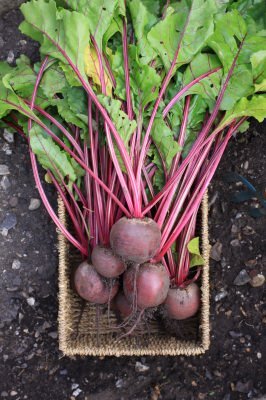
#2. Broccoli: raw or steamed
Choose raw broccoli or, if necessary, lightly steamed.
It is true that when one is not used, it can be a little long to digest. But dip it in a cream sauce and chives with his friend the cauliflower and you will have a healthy and fresh aperitif! Cooking with water will deprive you of its vitamins C and B as well as its minerals.
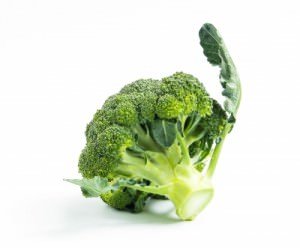
#3. Mushrooms: Preferably cooked!
Eat cooked mushrooms. Even if they're very fresh, you'll get a lot more potassium if you cook them in the frying pan, barbecue or oven. In addition, they will be more digestible cooked and their flavor will increase tenfold.
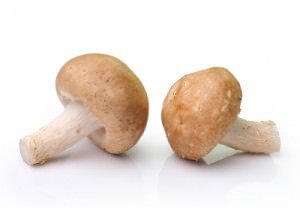
#4. Onions: to be preferred raw!
Whether white, yellow or red, onions are actually much more interesting raw because they maintain a much higher rate of allicin. (Allicin, you know it's the molecule that garlic and onions use to protect themselves from insects and fungi - making them antibacterial and antifungal, so to be recommended for small colds in winter).
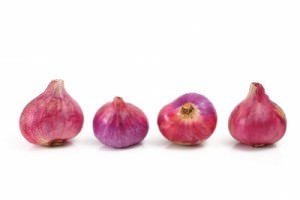
#5. Peppers: raw raw raw raw raw!
Peppers are the champions of vitamin C: don't deprive yourself of it by roasting or cooking, that would be a shame.
Of course, the loss of vitamin C will be more or less strong depending on the cooking time. Don't be afraid, they won't lose all of their vitamin C in a quick frying pan or wok, for example. As long as they remain crisp, you can enjoy their benefits!
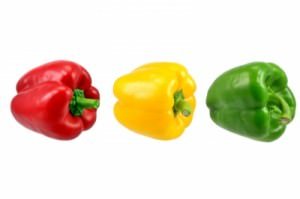
#6. Spinach: cooked!
Eat the spinach, preferably cooked: they will give you their minerals much more readily, but beware, they will also lose part of it if you throw away the cooking water.
Small advice from DocteurBonneBouffe. com: recover this precious juice to make a salty pie or soup. Avoid steam cooking, which will make you lose its precious nutrients!
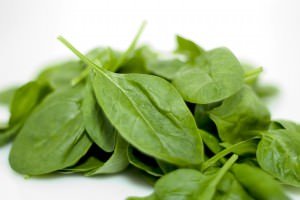
#7. Tomatoes: cooked!
Yes yes yes, you don't dream: tomatoes are better cooked! And yes, it is in this form that they give you the most lycopene, their antioxidant. Tomato paste, for example, is an incredibly rich source.
A little tip from DocteurBonneBouffe. com: Did you know that avocado helps absorb lycopene even better? So eat your tomatoes with a little avocado.
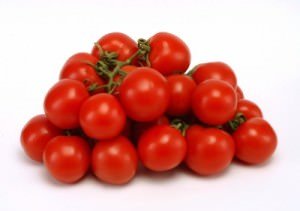
The last word at the end
If there is one important thing to remember about this "raw or cooked" debate, it is that, depending on the method of preparation, a certain type of nutrient will be assimilated better or worse. So to make sure you get all the nutrients you need, eat a variety of vegetables and vary their shapes - raw and cooked.
Tip two: Aim especially at seasonal vegetables because they are fresher and therefore richer in vitamins. Finally, vary the cooking methods, and especially eat its vegetables!